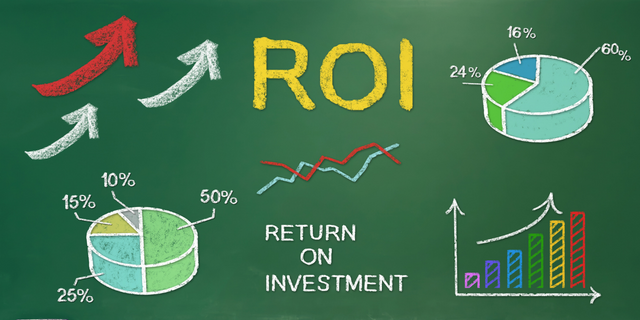In today's market, a great marketing campaign balances the two polarities of marketing: traditional and digital. Digital marketing is an interactive process, incorporating marketing communications into all digital channels. It elevates traditional marketing by integrating it into more platforms.
Digital marketing is a two-way communication
Listening and responding to your audience is the key element of success in Digital Marketing. It's important to recognize that consumers often share their opinions, concerns, and requests, and that you need to respond to them appropriately. Building profit’s from Ad’s and building relationship with the audience is advanced through two-way communication.
While two-way communication has its advantages, there are also some disadvantages. While it can lead to negative feedback, it's important to remember that it builds trust in a brand and shows prospects that a brand cares about them. Some brands, however, worry that this type of communication will result in negative publicity. Two way communication can encourage assessment of potential problems at an earlier stage.
Traditional marketing is a one-way communication
One of the best ways to reach a large audience is through traditional marketing. Although this form of communication is not a two-way exchange, it does have many benefits. For one, it allows brands to reach a variety of audiences and build brand awareness. The advantage is ability to reach a large audience in public places. This form of marketing also connects brands with their local community, making them recognizable to the community.
However, traditional marketing often fails to create a two-way communication. While traditional marketing provides a tangible connection to consumers, it is a one-way conversation and often does not foster a trusting relationship with consumers. In addition, this type of marketing tends to be more expensive than digital alternatives. In recent years, the use of traditional marketing channels has been on the decline.
Return On Investment
People around the world has been using traditional marketing methods to promote their business for a long time, but now it has become crystal clear that digital marketing is the easiest and efficient way to promote a business to the global audience. In addition, traditional marketing doesn't offer as many opportunities for interaction with your audience, and this makes it more difficult to gauge return on investment.
The greatest advantage of digital strategies are easier to track and acquire results and reports. In contrast to traditional marketing, where you're limited by print ads, posters, and brochures, digital marketing offers a more precise ROI. Unlike traditional marketing, tracking the results of a campaign is highly efficient in digital marketing methods. You can also easily identify your audience with the help of tools such as analytics.
Techniques and Strategies
Digital marketing uses the power of the internet to connect with potential customers. Traditional marketing relies on mass appeal to reach as many people as possible. With the use of digital marketing you can target specific audience and concentrate on them in developing a marketing strategy. While both marketing methods have their benefits, it's important to remember that the most effective return on investment comes from using the best of both methods.
Digital marketing is a wide field, encompassing a variety of marketing activities. Traditional marketing involves reaching a wide audience through more conventional methods, such as TV ads and colorful print mailers. Digital marketing, on the other hand, emphasizes strategies for building an online presence. This might include a well-placed ad on a website.










